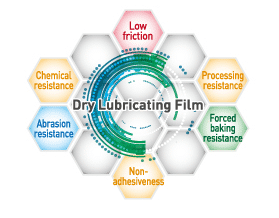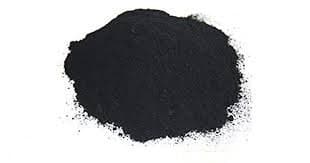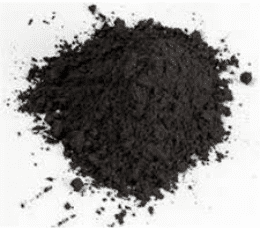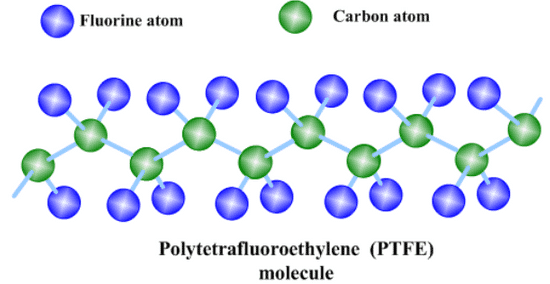Previous Article
Lubrication Film Strength
Next Article
Oil VS Grease | What is the difference?
You Might also Like

The Difference Between Synthetic Oil & Mineral Oil
December 27, 2021

Overcoming the foremost Common Misconceptions of Lubrication
September 30, 2021

Top Four Traits of Synthetic Lubricants in Industrial Applications
September 22, 2021
Related Stories
Next Up
Oil VS Grease | What is the difference?
May 21, 2020

























